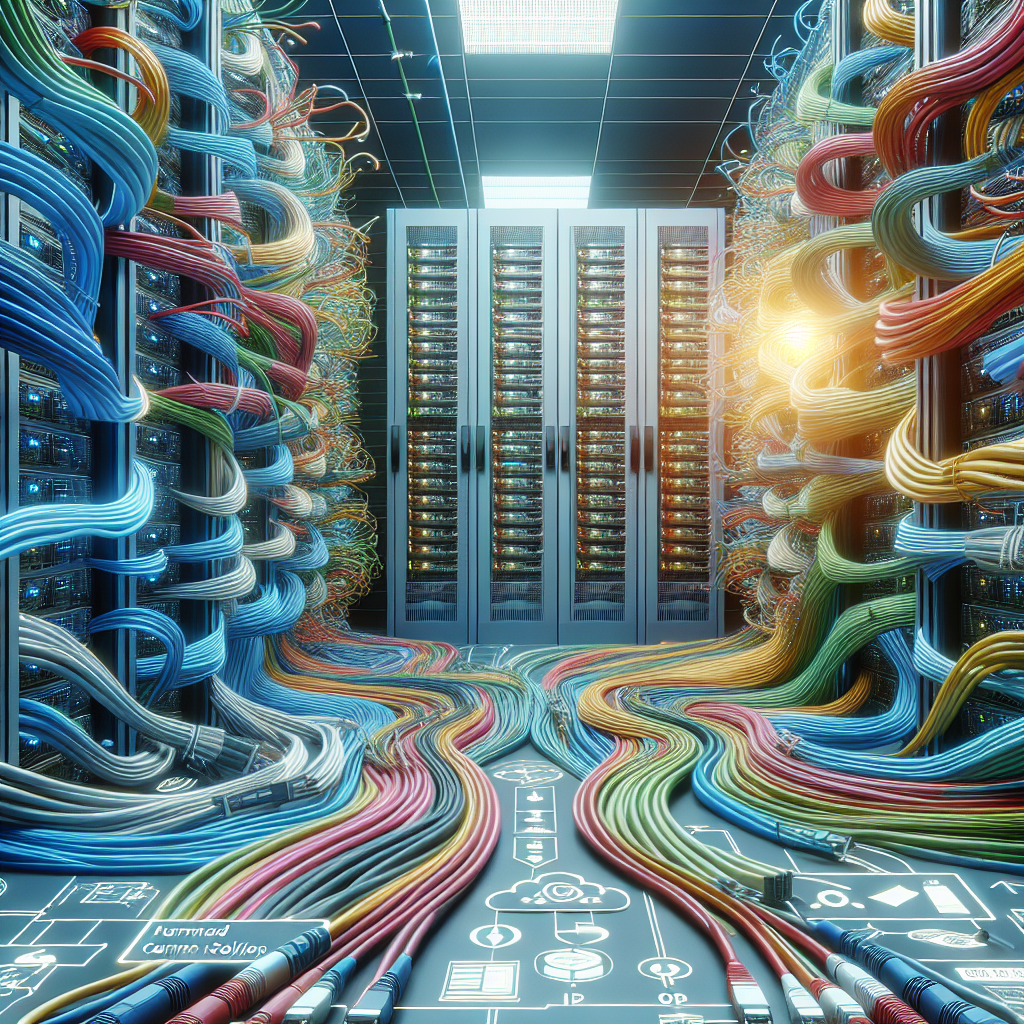Navigating the Challenges of Data Center Cabling: Common Issues and Solutions
In today’s digital age, data centers play a crucial role in storing and managing vast amounts of information for businesses of all sizes. One of the key components of a well-functioning data center is the cabling infrastructure that connects servers, storage devices, and networking equipment. However, navigating the challenges of data center cabling can be a daunting task for IT professionals, as there are numerous common issues that can arise and disrupt operations. In this article, we will explore some of the most common challenges faced in data center cabling and provide solutions to help mitigate these issues.
One of the most common challenges in data center cabling is cable congestion. As data centers continue to grow in size and complexity, the number of cables required to connect various devices also increases. This can lead to a tangled mess of cables that make it difficult to troubleshoot and maintain the cabling infrastructure. To address this issue, data center managers should invest in cable management solutions such as cable trays, racks, and labels to organize and streamline the cabling system. By keeping cables neatly organized and labeled, IT professionals can easily identify and trace cables when needed.
Another challenge in data center cabling is cable length limitations. Different devices in a data center may be located at varying distances from each other, requiring cables of different lengths to connect them. In some cases, standard off-the-shelf cables may not be long enough to reach the desired destination, leading to connectivity issues. To overcome this challenge, data center managers should work with cabling vendors to customize cables to the required lengths. This ensures that all devices are properly connected without any signal degradation or performance issues.
In addition to cable congestion and length limitations, data center cabling can also face challenges related to cable quality and compatibility. Using low-quality or incompatible cables can result in poor signal transmission, data loss, and network downtime. To avoid these issues, it is important to invest in high-quality cables that meet industry standards for performance and reliability. Additionally, data center managers should regularly inspect cables for signs of wear and tear, such as fraying or kinks, and replace them as needed to maintain optimal performance.
Lastly, data center cabling can be impacted by environmental factors such as temperature, humidity, and airflow. Extreme temperatures or high levels of humidity can degrade cable insulation and cause signal interference, while poor airflow can lead to overheating and cable damage. To address these challenges, data center managers should ensure that the cabling infrastructure is properly ventilated and maintained at optimal temperature and humidity levels. Additionally, using cable jackets and protective covers can help shield cables from environmental hazards and prolong their lifespan.
In conclusion, navigating the challenges of data center cabling requires careful planning, organization, and maintenance. By addressing common issues such as cable congestion, length limitations, quality, and compatibility, data center managers can ensure a reliable and efficient cabling infrastructure that supports the needs of their organization. Implementing the solutions outlined in this article can help mitigate potential issues and keep data center operations running smoothly.


